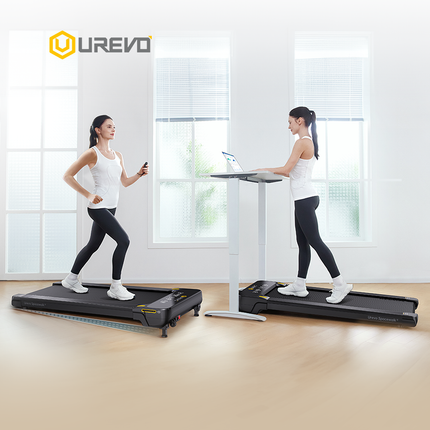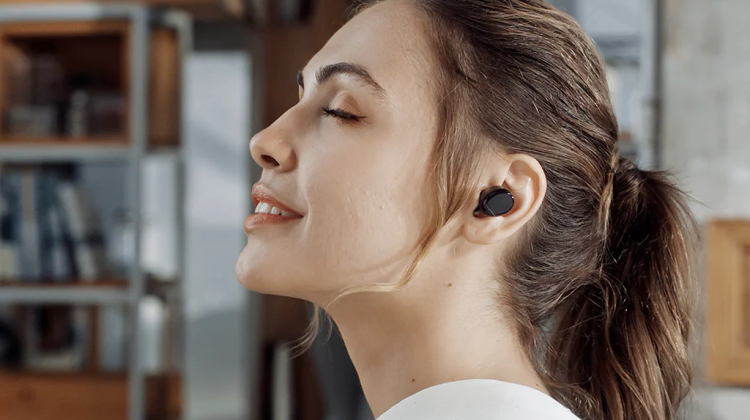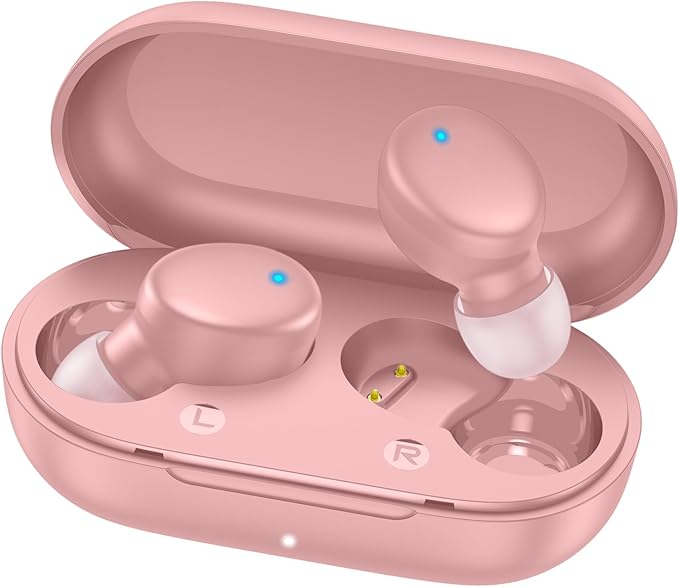Discover the best quiet treadmills for home in 2025. Learn how to choose silent, high-performance treadmills with smart tracking and incline features.
It’s 5:30 AM, and you’re trying to get your workout done before everyone else wakes up. You want to run, but you don’t want to wake the whole house. That’s where quiet treadmills for home come in. Thanks to modern technology, it’s now possible to enjoy powerful, high-performance workouts that stay whisper-quiet.
Today’s treadmills combine noise-reduction features, smart performance tracking, and comfortable cushioning systems. Whether you run in the morning or prefer late-night sessions, this guide will help you find a treadmill that’s silent, efficient, and perfect for your space.

Understanding Noise Levels in Treadmills (Decoding the Decibels)
Before buying a treadmill, it’s helpful to understand how noise levels work. Any treadmill producing below 60 decibels (dB)—the level of a normal conversation—is quiet enough for home use.
Noise usually comes from two sources: the motor and the impact of your feet on the belt. Cheaper models often have friction-based motors that create extra vibration and humming sounds. Over time, this can echo through floors and walls.
The best quiet treadmills use:
- Reinforced frames with vibration-absorbing materials
- Multi-layer belts that reduce friction noise
- Advanced motor designs that minimize mechanical whirring
When these features work together, your treadmill runs smoothly without disturbing others in your home.
Why Treadmill Incline Revolutionizes Your Workout Efficiency
Adding incline to your workout is one of the simplest ways to make it more effective. Running on a 2% incline can burn up to 20% more calories than running on a flat surface. A 5–10% incline can even cut your workout time in half while delivering the same cardiovascular benefits.
Incline workouts also:
- Engage your glutes, calves, and hamstrings more intensely
- Mimic outdoor hill training for realistic running performance
- Improve endurance and lower-body strength
- Help you get more results in less time
Switching between flat and incline intervals turns every workout into a complete cardio-plus-strength session.
Essential Features for a Truly Quiet Operation
If silence is your top priority, pay close attention to these technical features:
1. Motor and Drive System Engineering
Look for direct-drive motors. These connect directly to the belt roller, removing the need for noisy belt drives. High-quality brushless DC motors are quieter and more durable than older models.
2. Belt and Deck Noise Reduction
The belt-deck interaction is another major source of treadmill noise. Modern quiet treadmills use multiple sound-dampening layers made of dense rubber and elastomers. Some models even feature reversible decks—you can flip them over after a few years to extend lifespan and reduce impact sound.
3. Cushioning System
Cushioned decks absorb shock from every step. Not only does this lower noise levels, but it also protects your joints. Look for treadmills with multi-zone cushioning (softer at the front, firmer at the back) for a more natural stride.
Smart Performance Tracking That Transforms Your Training
Quiet doesn’t mean basic. The latest treadmills are smarter than ever, offering real-time data and app connectivity.
Real-Time Metrics
Advanced treadmills now come with:
- Dual heart-rate sensors (grip + chest-strap compatible)
- Auto-adjusting speed and incline based on your heart-rate zone
- Customizable interval programs that adapt as your fitness improves
App Connectivity and Data Syncing
Using Wi-Fi and Bluetooth 5.0, most treadmills now connect directly to fitness platforms like Zwift, Peloton, or Fitbit. You can track:
- Calorie burn
- Heart-rate recovery
- Running pace trends
- Long-term progress via cloud storage
These tools help you train smarter, recover better, and stay consistent.
Step-by-Step Buying Guide for Busy Professionals
If you’re short on time, here’s a simple process to find the right quiet treadmill for home:
Step 1: Check Noise Ratings
Look for noise tests from trusted reviewers. Anything under 60 dB is ideal. Pay attention to noise levels at different speeds and inclines.
Step 2: Test Incline Performance
Make sure the incline motor runs smoothly and quietly. The best systems move from 0% to 15% without jerks or loud mechanical sounds.
Step 3: Examine Console and Display
Check that your treadmill’s screen is bright and easy to read. One-touch buttons for speed, incline, and start/stop are a must for convenience.
Step 4: Measure Your Space
Always measure the treadmill’s footprint—both unfolded and folded (if foldable). Leave at least 2 feet of space on each side and 6 feet behind it for safe use.
Top Quiet Treadmill Models for 2025
Here are a few standout options based on noise level, features, and value:
- NordicTrack EXP 7i – Known for its ultra-quiet motor and interactive workouts via iFit.
- Horizon 7.4 AT – Excellent shock absorption and quick incline adjustments.
- Echelon Stride – Foldable, lightweight, and designed for apartment living.
- Sole F63 – Strong motor, quiet performance, and lifetime frame warranty.
All these models balance silence with smart performance tracking, making them perfect for home use.
Your Relationship with Fitness and Peace
Your relationship with fitness should bring calm, not chaos. A quiet treadmill helps you stay active without disrupting your loved ones. It creates harmony in your home and gives you the freedom to train anytime you want — peacefully and productively.
Final Thoughts: Choosing the Right Quiet Treadmill for Home
Finding the perfect treadmill means balancing quiet operation, comfort, and smart features. Test noise levels, incline performance, and app connectivity before making your final choice.
A well-built quiet treadmill will make your workouts smoother, protect your joints, and keep your home peaceful — helping you stay consistent on your fitness journey all year long.













